42 respiratory system with labels and functions
Page: Journal of Allergy and Clinical Immunology Sep 30, 2022 · An official publication of the American Academy of Allergy, Asthma, and Immunology, The Journal of Allergy and Clinical Immunology brings timely clinical papers, instructive case reports, and detailed examinations of state-of-the-art equipment and techniques to clinical allergists, immunologists, dermatologists, internists, and other physicians concerned with clinical manifestations of ... study.com › learn › lessonMuscular System Functions & Organs | What Does the Muscular ... Jul 06, 2021 · The muscular system is the body system responsible for movement. The muscles are attached to bones and make up important organs, like the heart, digestive organs and blood vessels.
5 Functions of Respiratory System | Respiratory Anatomy - Visible Body The following are the five key functions of the respiratory system. 1. Inhalation and Exhalation Are Pulmonary Ventilation—That's Breathing The respiratory system aids in breathing, also called pulmonary ventilation. In pulmonary ventilation, air is inhaled through the nasal and oral cavities (the nose and mouth).
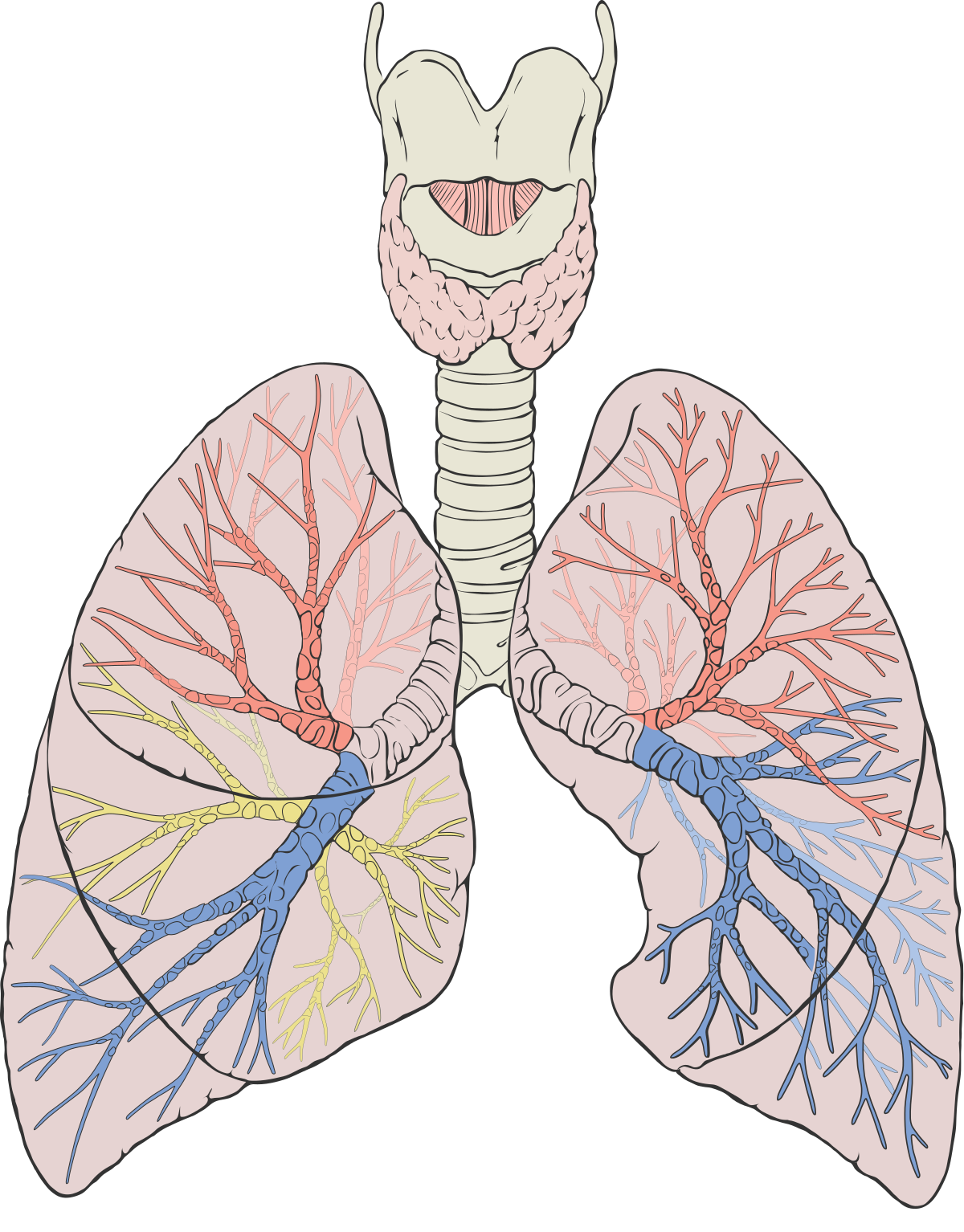
Respiratory system with labels and functions
Human Respiratory System - BYJUS The functions of the human respiratory system are as follows: Inhalation and Exhalation The respiratory system helps in breathing (also known as pulmonary ventilation.) The air inhaled through the nose moves through the pharynx, larynx, trachea and into the lungs. The air is exhaled back through the same pathway. Respiratory System Organs and Their Functions - New Health Advisor Respiratory System Organs and Their Functions The respiratory system plays a vital role in the body, by providing your cells with much needed oxygen, as well as excreting carbon dioxide, which can be deadly if allowed to accumulate. Major parts of the system include the airways, the lungs, and the muscles of respiration. Respiratory System - Definition, Function and Parts - Biology Dictionary Respiratory System Function Primary Function The primary function of the respiratory system is gas exchange. Animal cells use oxygen and produce carbon dioxide as a byproduct. Not only do animals need a way to get more oxygen into the cells, but they also need a way to remove carbon dioxide. The respiratory system provides this functionality.
Respiratory system with labels and functions. draxe.com › nutrition › echinaceaEchinacea Benefits, Uses, Dosage, Side Effects and More - Dr. Axe Aug 29, 2022 · There are many traditional echinacea benefits and uses, but the strongest scientific evidence available currently supports echinacea use (as echinacea extract or echinacea tea) as a way to help slow the development and reduce the intensity and duration of upper respiratory viral infections, such as the common cold and influenza (flu). The Respiratory System - Diagram, Structure & Function - TeachPE.com March 24, 2021 The function of the human respiratory system is to transport air into the lungs and to facilitate the diffusion of oxygen into the bloodstream. It also receives waste Carbon Dioxide from the blood and exhales it. Here we explain the anatomy of the airways and how oxygen gets into the blood. Advertisements human respiratory system | Description, Parts, Function, & Facts human respiratory system, the system in humans that takes up oxygen and expels carbon dioxide. The design of the respiratory system The human gas-exchanging organ, the lung, is located in the thorax, where its delicate tissues are protected by the bony and muscular thoracic cage. Respiratory System: Functions, Facts, Organs & Anatomy - Cleveland Clinic Your respiratory system is the network of organs and tissues that help you breathe. This system helps your body absorb oxygen from the air so your organs can work. It also cleans waste gases, such as carbon dioxide, from your blood. Common problems include allergies, diseases or infections. Appointments 216.444.6503 Appointments & Locations
› sites › defaultHazard Communication Standard Pictogram pictograms on labels to alert users of the chemical . hazards to which they may be exposed. Each pictogram consists of a symbol on a white background framed within a red border and represents a distinct hazard(s). The pictogram on the label is determined by the chemical hazard classification. HCS Pictograms and Hazards. Health Hazard • Carcinogen Functions of the Respiratory System The respiratory system is made up of multiple small and large organs, bones, and muscles, which all work together to accomplish each task of the system. Broadly classified into the upper and lower respiratory tracts, here are the functions of the different parts: Upper Respiratory System Function of the Nose What are the 10 parts of the respiratory system? - BIOSCIENCE It includes your airways, lungs, and blood vessels. The muscles that strengthen your lungs are also part of the respiratory system. These parts work together to carry oxygen throughout the body and clean up waste gases such as carbon dioxide. Respiration consists of two functions: Inhaling: The process of breathing in oxygen. Respiratory System: Parts, Function, and Diseases - WebMD Common diseases of the respiratory system include: Asthma. Your airways narrow and make too much mucus. Bronchiectasis. Inflammation and infection make your bronchial walls thicker. Chronic ...
Respiratory System For Kids: Diagram, Parts, Functions, And Facts Your lungs take the oxygen from the air and expel the carbon dioxide that your body doesn't require. We need oxygen to survive and perform everyday tasks, such as moving our hands, opening our eyes, and even digesting food (1). The primary function of our respiratory system is to provide oxygen and expel carbon dioxide from the body. Respiratory System - Medical Terminology for Healthcare Professions The cilia of the respiratory epithelium help to remove mucus and debris with a constant beating motion, sweeping materials towards the throat to be swallowed. This moist epithelium functions to warm and humidify incoming air. Capillaries located just beneath the nasal epithelium warm the air by convection. Respiratory System - Building a Medical Terminology Foundation The major structures of the respiratory system function primarily to provide oxygen to body tissues for cellular respiration, remove the waste product carbon dioxide, and help to maintain acid-base balance. ... The major organs in the respiratory system are labeled. [Return to Figure 7.1]. Figure 7.2 image description: ... Respiratory system: Anatomy and functions | Kenhub The main function of the respiratory system is pulmonary ventilation, which is the movement of air between the atmosphere and the lung by inspiration and expiration driven by the respiratory muscles. The respiratory system works as a whole to extract the oxygen from the inhaled air and eliminate the carbon dioxide from the body by exhalation.
› waste-anesthetic-gases › workplaceAnesthetic Gases: Guidelines for Workplace Exposures Jul 20, 1999 · These recommendations are only valid for an anesthesia system that conforms to current and relevant standards and includes an ascending bellows ventilator and at least the following monitors: capnograph, pulse oximeter, oxygen analyzer, respiratory volume monitor (spirometer) and breathing system pressure monitor with high and low pressure alarms.
Respiratory system diagram: Function, facts, conditions, and more The respiratory system allows people to breathe. It is made up of several organs and structures that transport air into and out of the lungs, exchanging oxygen with carbon dioxide. While the...
Respiratory System • Anatomy, Parts & Functions - GetBodySmart The respiratory system is a complex system of organs and tissues that provide oxygen to the body and eliminate carbon dioxide. It is vitally important in maintaining homeostasis by regulating acid-base balance and pH. The respiratory tract comprises the nose, throat (pharynx), windpipe (trachea), bronchi and lungs.
The Respiratory System (Label) Diagram | Quizlet Start studying The Respiratory System (Label). Learn vocabulary, terms, and more with flashcards, games, and other study tools.
Organs of the Respiratory System And Their Functioning They carry out the work of supplying the body with oxygen and removing carbon dioxide. 1. The left lung is divided into 2 lobes (superior and inferior) while the right lung into 3 (superior, inferior and middle). 2. Each lung possesses a triangular organ called hilum; blood vessels, nerves, lymphatics and bronchi pass through the hilum. Alveoli
22.1 Organs and Structures of the Respiratory System The major organs of the respiratory system function primarily to provide oxygen to body tissues for cellular respiration, remove the waste product carbon dioxide, and help to maintain acid-base balance. ... Respiratory System: Asthma Asthma is common condition that affects the lungs in both adults and children. Approximately 8.2 percent of ...
Label the parts of the human respiratory system. Also, write their ... Solution. 1. Bronchus - The bronchus (plural: bronchi) are extensions of the windpipe that move air to and from the lungs. 2. Trachea - The trachea is a wide, hollow tube that connects the larynx to the bronchi of the lungs. 3. Lung - It is the main part of the respiratory system where the exchange of gases takes place. 4.
How the Lungs Work - The Respiratory System | NHLBI, NIH The circulatory system helps deliver nutrients and oxygen from the lungs to tissues and organs throughout the body. It also helps remove carbon dioxide and waste products. Other body systems that work with the respiratory system include the nervous system, lymphatic system, and immune system.
Respiratory System Anatomy, Diagram & Function | Healthline The respiratory system, which includes air passages, pulmonary vessels, the lungs, and breathing muscles, aids the body in the exchange of gases between the air and blood, and between the blood and...
› tobacco › basic_informationOutbreak of Lung Injury Associated with the Use of E ... Aug 03, 2021 · Emergency department (ED) visits related to e-cigarette, or vaping, products continue to decline, after sharply increasing in August 2019 and peaking in September.; National and state data from patient reports and product sample testing show tetrahydrocannabinol (THC)-containing e-cigarette, or vaping, products, particularly from informal sources like friends, family, or in-person or online ...
Respiratory System - Definition, Function and Parts - Biology Dictionary Respiratory System Function Primary Function The primary function of the respiratory system is gas exchange. Animal cells use oxygen and produce carbon dioxide as a byproduct. Not only do animals need a way to get more oxygen into the cells, but they also need a way to remove carbon dioxide. The respiratory system provides this functionality.
Respiratory System Organs and Their Functions - New Health Advisor Respiratory System Organs and Their Functions The respiratory system plays a vital role in the body, by providing your cells with much needed oxygen, as well as excreting carbon dioxide, which can be deadly if allowed to accumulate. Major parts of the system include the airways, the lungs, and the muscles of respiration.
Human Respiratory System - BYJUS The functions of the human respiratory system are as follows: Inhalation and Exhalation The respiratory system helps in breathing (also known as pulmonary ventilation.) The air inhaled through the nose moves through the pharynx, larynx, trachea and into the lungs. The air is exhaled back through the same pathway.




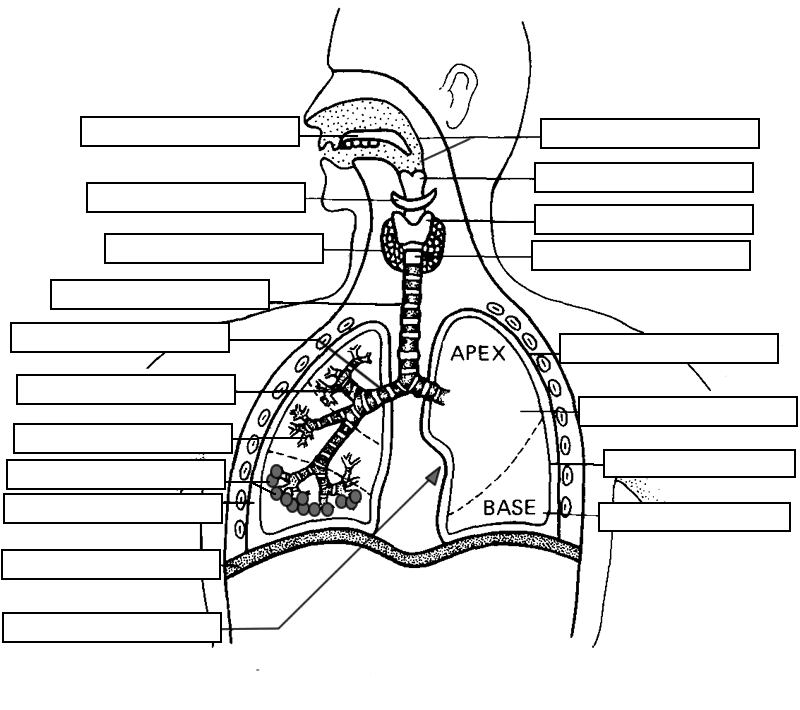


:watermark(/images/watermark_only_sm.png,0,0,0):watermark(/images/logo_url_sm.png,-10,-10,0):format(jpeg)/images/anatomy_term/lobus-superior-pulmonis-dextri/6avpD4DRH4OkWhGN9CgJvQ_Superior_lobe_of_right_lung_.png)



:max_bytes(150000):strip_icc()/respiratory_system-578d72f73df78c09e96906ff.jpg)

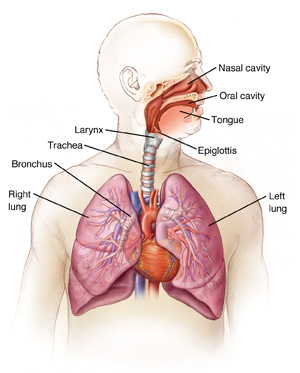




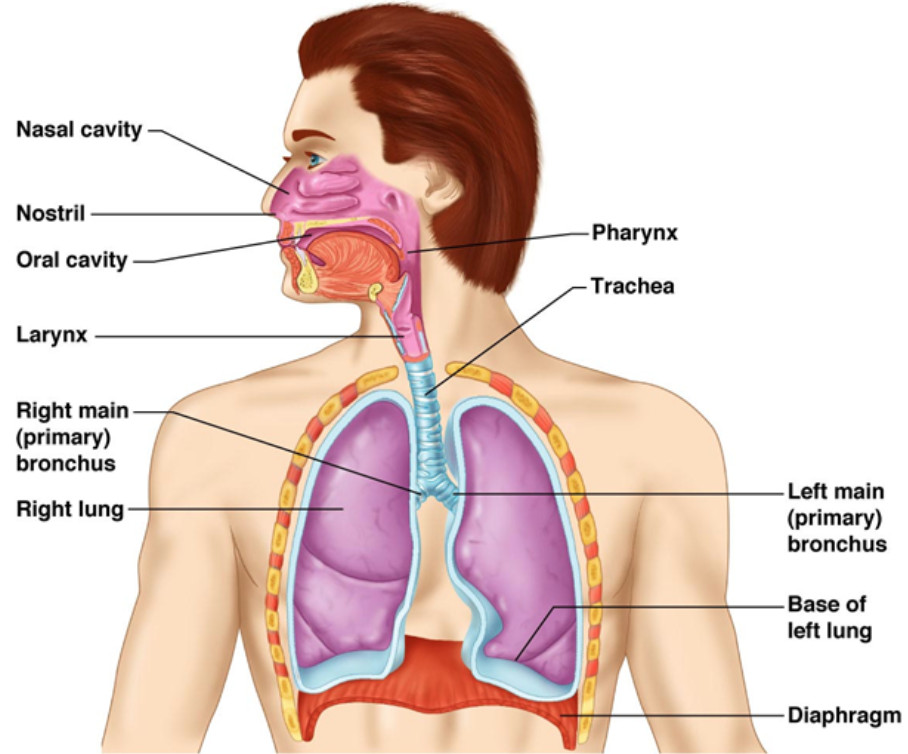



:background_color(FFFFFF):format(jpeg)/images/library/13894/Respiratory_system.png)


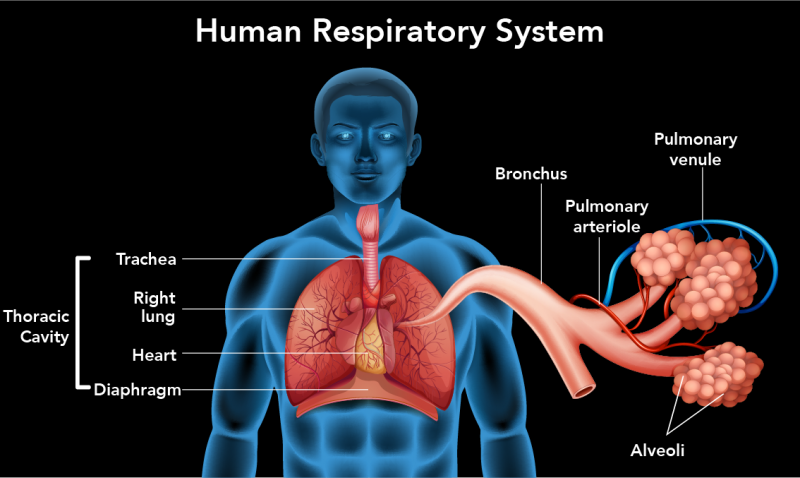







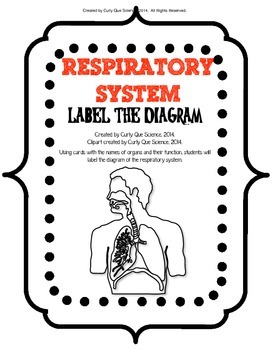
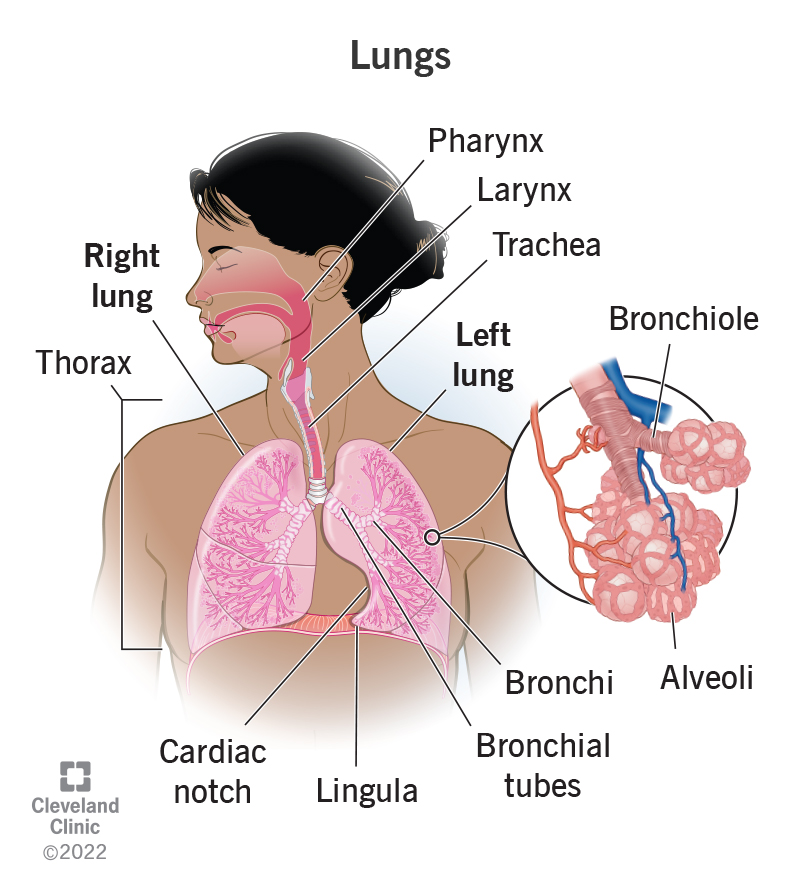
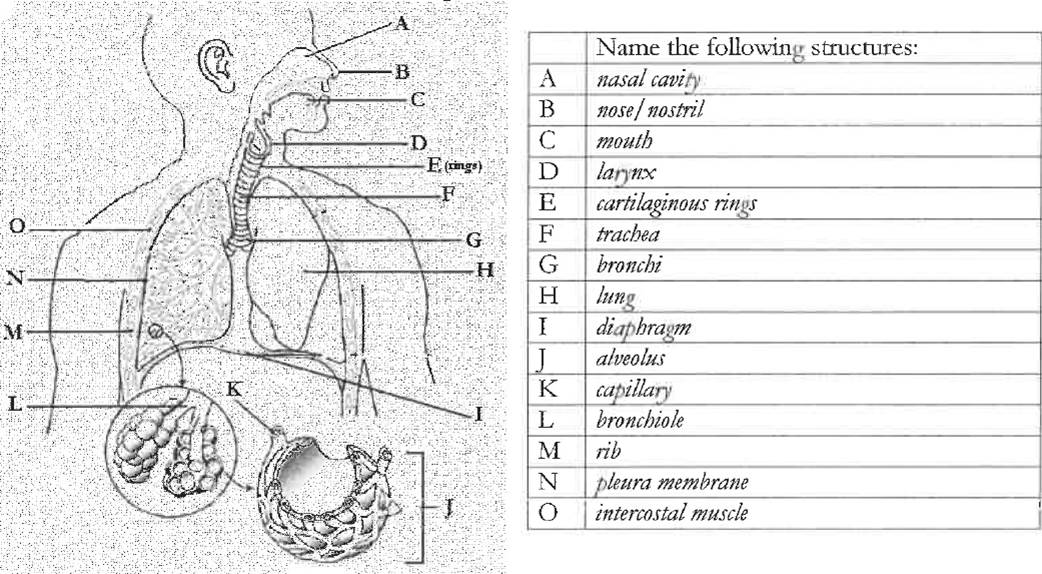
Post a Comment for "42 respiratory system with labels and functions"